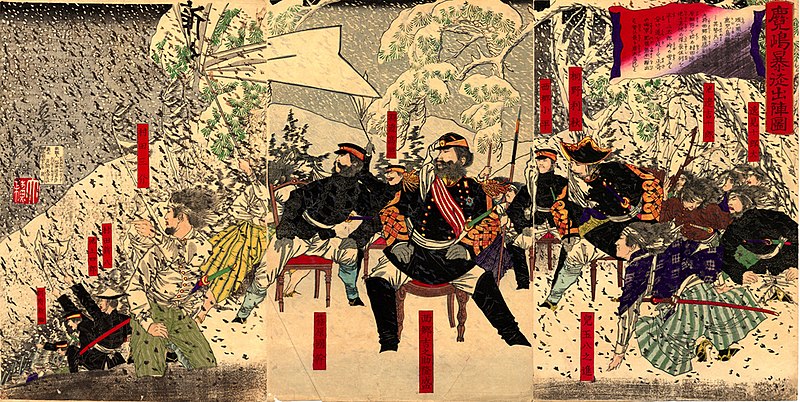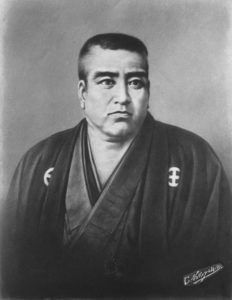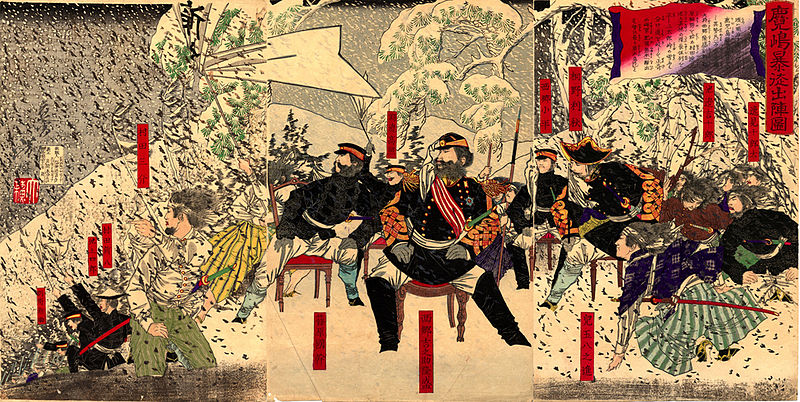
The Last True Samurai’s Final Stand
Saigō Takamori is best remembered as the “Last True Samurai.” He led a life according to the strict samurai code, bushido, and played a key role in the abolition of the han system as well as in establishing a conscript army. He opposed the modernization of Japan and the opening of commerce with the West and pushed for military modernization.
is best remembered as the “Last True Samurai.” He led a life according to the strict samurai code, bushido, and played a key role in the abolition of the han system as well as in establishing a conscript army. He opposed the modernization of Japan and the opening of commerce with the West and pushed for military modernization.
When Korea refused to recognize the legitimacy of the Meiji Emperor as head of the state of the Empire of Japan, Saigō offered to visit Korea, but his idea was opposed by Japanese leaders. Saigō resigned from all his positions in protest and returned to his hometown in Kagoshima.
Saigō Takamori’s retirement project was the Shigakko, a private school for young Satsuma samurai. He funded the school but was not directly involved, so he was not aware that the students were becoming radical against the Meiji government. The opposition reached a boiling point when the government banned samurai from carrying swords and halted their stipends.

Woodblock print of the Satsuma Rebellion.
The ending of the samurai privileges was viewed as essentially ending the samurai identity. This led to an all-out rebellion and the discovery of spies planted by the central government to spy on Satsuma, with the leader confessing that he was supposed to assassinate Saigō Takamori. Saigō was roused from his initial detachment and felt betrayed by the imperial government, but he still did not want to rebel as he felt loyal to the Meiji Emperor. Instead he announced that he would go to Tokyo to question the central government. Satsuma students carrying rifles, swords, pistols, and other artillery accompanied him; this was the Satsuma Rebellion.

Saigō Takamori (with tall hat) inspecting Choshu troops at the battle of Fushimi.
Greatly outnumbered by the imperial forces, Saigō Takamori knew his rebellion was doomed. He was shot in the femur, and as part of the samurai honor code, one of his companions cut off his head and hid it from the imperial troops, since Saigō Takamori was unable to commit seppuku due to his injuries. All the rebels were killed, and the imperial troops managed to locate Saigō’s head.
Saigō Takamori’s last stand was not in a battlefield fighting for his daimyo but rather a battle between preserving old beliefs and a fast changing world. His legacy helped usher in Japan’s modern era. He was one of Japan’s most influential and powerful officials of the early Meiji government. Saigō Takamori is best remembered as the perfect example of someone who exemplified samurai traditions.
